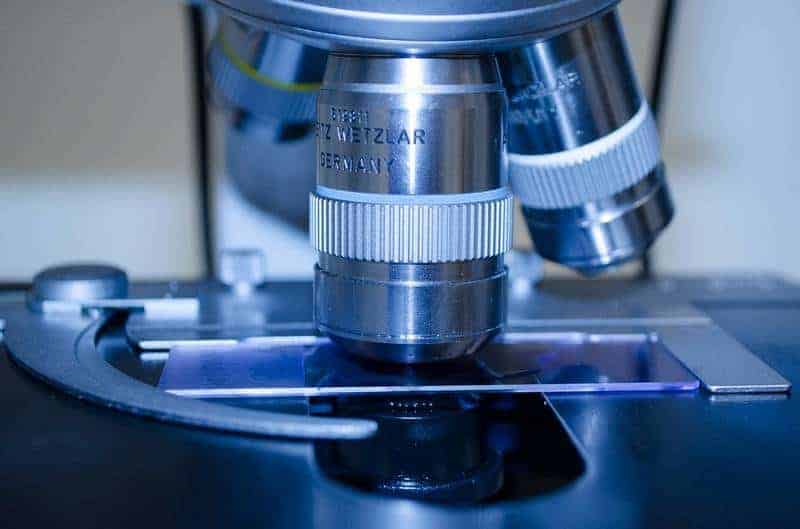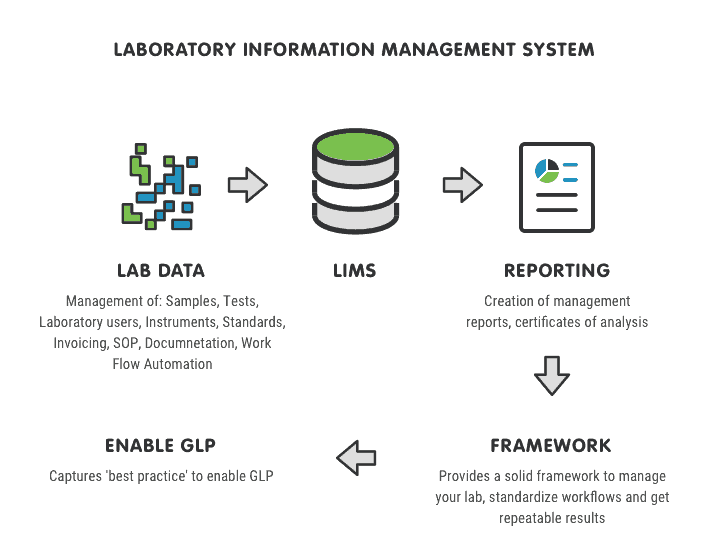What’s A Safe Science Lab For Companies?

In September of this year, a sudden and unexpected explosion at a vast Soviet-era virology campus in Siberia (called Vector) caused widespread panic, as various buildings were set ablaze and windows were torn from their frames. At the heart of the most immediate concerns was the potential spread of dangerous viruses, and while it’s still not clear whether or not the explosion was the result of a deliberate attack, there has been a renewed focus on reinforcing safety structures and minimising the impact of future breaches. Make no mistake; the creation of safe and secure science laboratories is crucial to the environment and the general public as a whole, while this also guarantees the accuracy of findings and drives numerous, high-profile industries.






